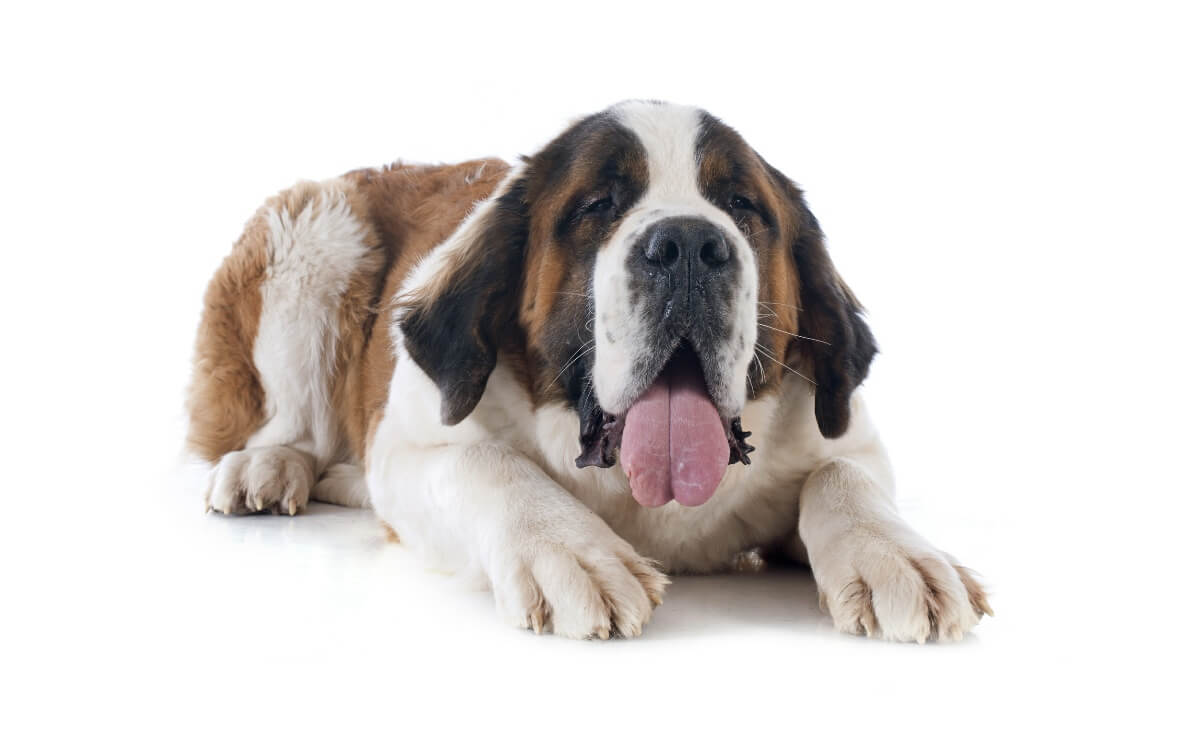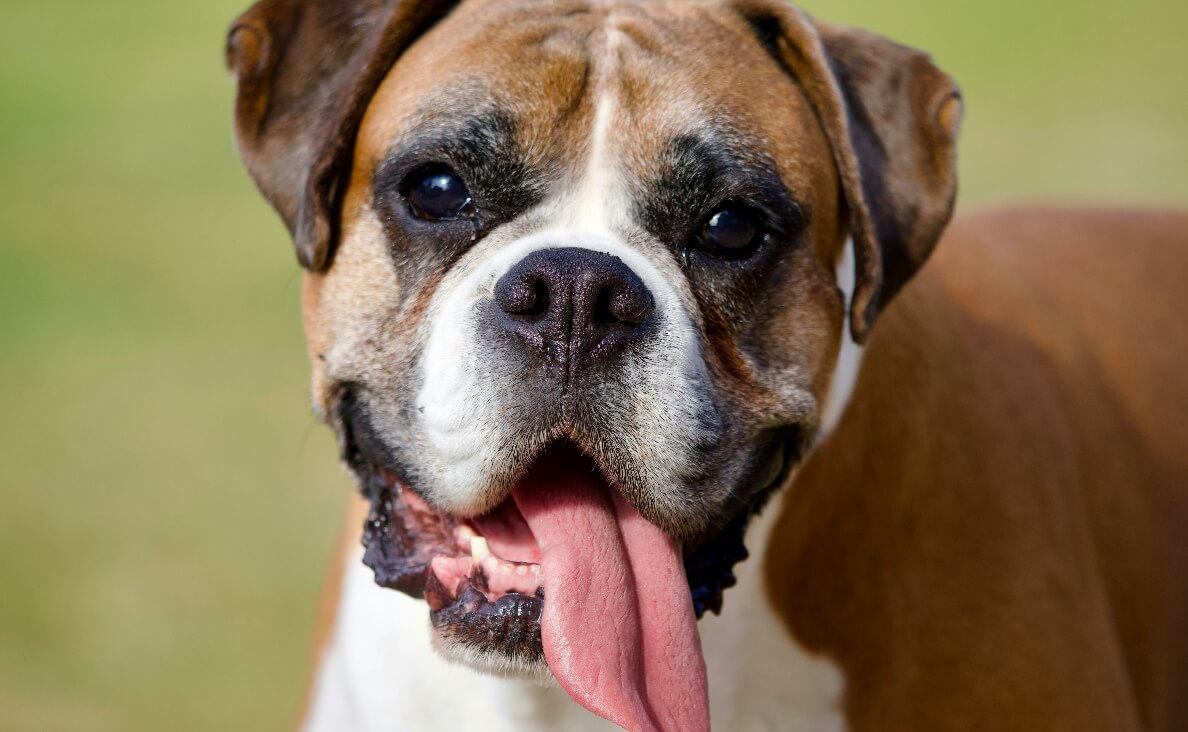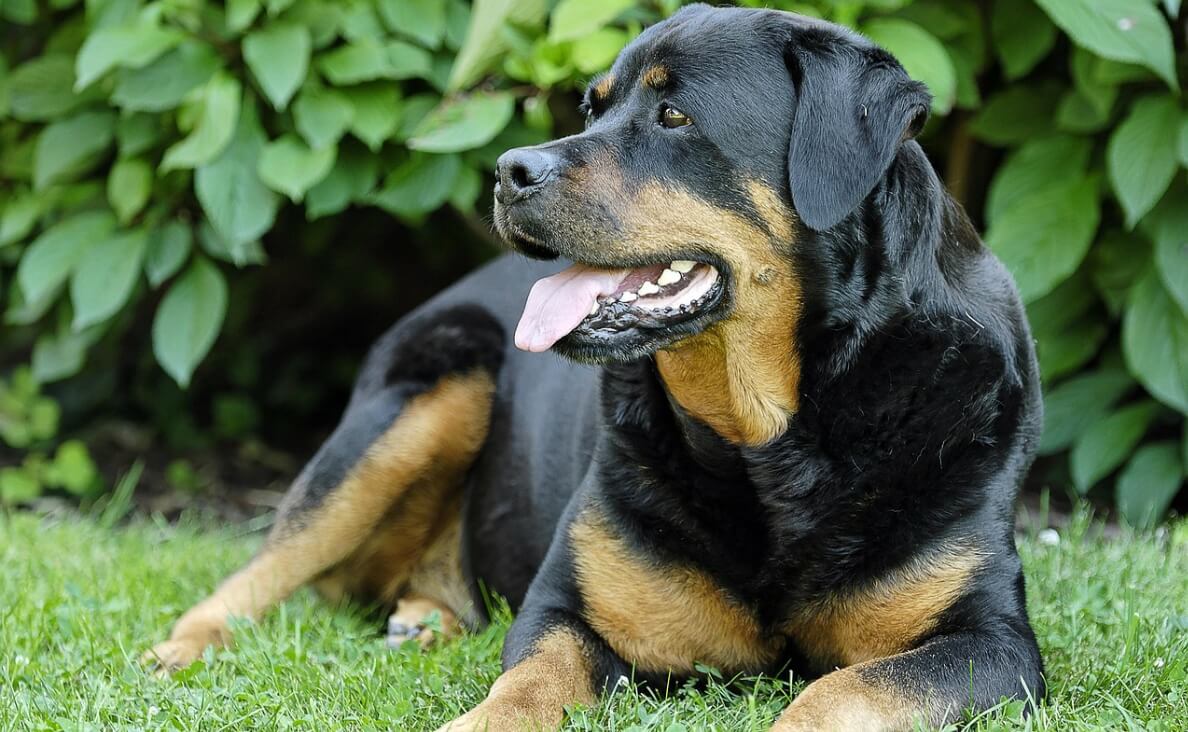
Have you ever looked over at your dog—lounging on the couch or simply resting after a walk—and suddenly noticed they’re panting… a lot? It’s easy to dismiss it at first. After all, panting is normal dog behavior. But when it seems excessive or out of place, many dog parents find themselves asking: “Why is my dog panting so much?”
In this post, we’ll explore 10 common reasons dogs pant more than usual and what you can do to help. Whether you’re a seasoned dog parent or just starting out, understanding the why behind excessive panting can help you keep your pup safe, comfortable, and healthy.
Why Do Dogs Pant?
Panting is a normal and essential behavior in dogs. Since dogs don’t sweat the way humans do, they cool themselves by panting—allowing moisture to evaporate from their tongue and respiratory tract, which helps regulate their body temperature.
But when panting becomes frequent, intense, or appears unrelated to heat or exertion, it can signal an underlying issue that needs your attention.

10 Common Reasons Why Your Dog Is Panting So Much
-
Overheating or Hot Weather
Warm weather is the most obvious and common reason. Dogs can overheat quickly—especially brachycephalic (flat-faced) breeds or those with thick coats.
🐾 How to Help:
Make sure your dog has constant access to shade and cool water. Provide cooling mats, frozen treats, and avoid walking during the hottest part of the day. At Canine Campus, we regularly bring out kiddie pools for the dogs to splash and soak in on hot days. Many pups have learned to love to enjoy the water this way!
Read more: How to Keep Your Dog Cool in a Heatwave
-
Anxiety or Stress
Panting isn’t always about heat—sometimes it’s about nerves. Dogs pant when they’re scared, anxious, or experiencing emotional distress. This could be caused by thunderstorms, separation, car rides, or loud environments.
🐾 How to Help:
Provide a calm, safe space for your dog. Try anxiety wraps like Thundershirts, soothing music, or calming pheromone sprays. At Canine Campus, we have plenty of quiet space where dogs can relax if they’re feeling overwhelmed. Maintaining consistent routines can also go a long way in soothing stress.

-
Pain or Injury
Dogs hide pain well, but panting can be one of the signs. If your dog starts panting heavily for no clear reason, they may be hurt or feeling unwell.
🐾 How to Help:
Look for other signs like limping, whimpering, or reluctance to move. If you suspect pain, call your vet. Avoid giving human medications unless instructed—it could do more harm than good.
-
Excitement or Exercise
Sometimes panting just means your dog is having a great time! Playtime, walks, or greeting a beloved human can get their heart rate—and breathing—up.
🐾 How to Help:
This is generally harmless. After activity, give your dog time to rest and cool down. At Canine Campus, we always monitor playgroups to ensure dogs take breaks and hydrate, especially in warmer months.

-
Heart or Lung Conditions
Chronic panting could be a sign of something more serious, like heart disease or a respiratory condition. These can interfere with oxygen flow, causing dogs to breathe faster to compensate.
🐾 How to Help:
If your dog pants at rest, seems lethargic, or coughs frequently, schedule a vet visit promptly. Early diagnosis can be life-saving.
-
Cushing’s Disease or Hormonal Imbalances
Cushing’s disease (an overproduction of cortisol) can cause heavy panting, along with symptoms like hair loss, increased thirst, and a pot-bellied appearance.
🐾 How to Help:
Talk to your vet about testing and treatment options. This condition is manageable with medication, but early detection is important.

-
Obesity
Extra weight puts stress on your dog’s heart, lungs, and joints—making it harder to regulate body temperature and breathe comfortably.
🐾 How to Help:
Work with your vet to create a gradual weight-loss plan. Include low-impact exercise, portion control, and healthy treats. Even a few pounds can make a big difference!
-
Medication Side Effects
Some medications—like steroids or certain pain relievers—can cause panting as a side effect.
🐾 How to Help:
Review all medications with your vet if you notice new or worsening panting. There may be alternatives or dosage adjustments available.

-
Age-Related Changes
Senior dogs may pant more due to cognitive changes, arthritis pain, or difficulty regulating body temperature.
🐾 How to Help:
Offer extra comfort and routine. Cooling beds, regular vet checkups, and gentle exercise can all help support your aging pup.
-
Poisoning or Toxin Exposure (Emergency!)
Sudden, excessive panting paired with vomiting, drooling, or seizures could be a sign your dog ingested something toxic.
🐾 How to Help:
Call your vet or emergency services immediately. One essential number to keep on hand:
ASPCA Poison Control Center
☎️ (888) 426-4435 (available 24/7)

When Should You See a Vet?
It’s time to call the vet if:
- Panting is frequent and unrelated to heat or play
- Your dog seems lethargic, disoriented, or won’t eat
- You notice coughing, drooling, vomiting, or shaking
- Your dog’s gums are pale, blue, or bright red
Trust your instincts—if something feels off, your vet is your best partner.
How to Help Prevent Excessive Panting
Here are some simple steps dog parents can take:
- Keep your dog hydrated at all times
- Avoid midday heat during walks
- Monitor your dog’s weight and activity level
- Create a calm, structured routine
- Schedule regular checkups, especially for seniors
- Keep toxic foods and medications securely stored

Final Thoughts
Panting is normal—but too much of it can be your dog’s way of telling you something’s wrong. Now that you understand the many possible causes, you can take steps to help your pup stay happy, healthy, and cool.
🐾 Have you ever asked yourself, “Why is my dog panting so much?” What did you discover, and how did you help your furry family member? Share your story with us in the comments—we love hearing from dog parents!

 How Many Words Can Dogs Learn?
How Many Words Can Dogs Learn? Do Dogs Smile? What’s Really Behind That Adorable Smile?
Do Dogs Smile? What’s Really Behind That Adorable Smile? Why Dogs Bite and What To Do About It
Why Dogs Bite and What To Do About It 10 Tips to Stop Dog Aggression Towards Cats
10 Tips to Stop Dog Aggression Towards Cats What Colors Can Dogs See? A Look into Canine Color Vision
What Colors Can Dogs See? A Look into Canine Color Vision






Leave a Reply